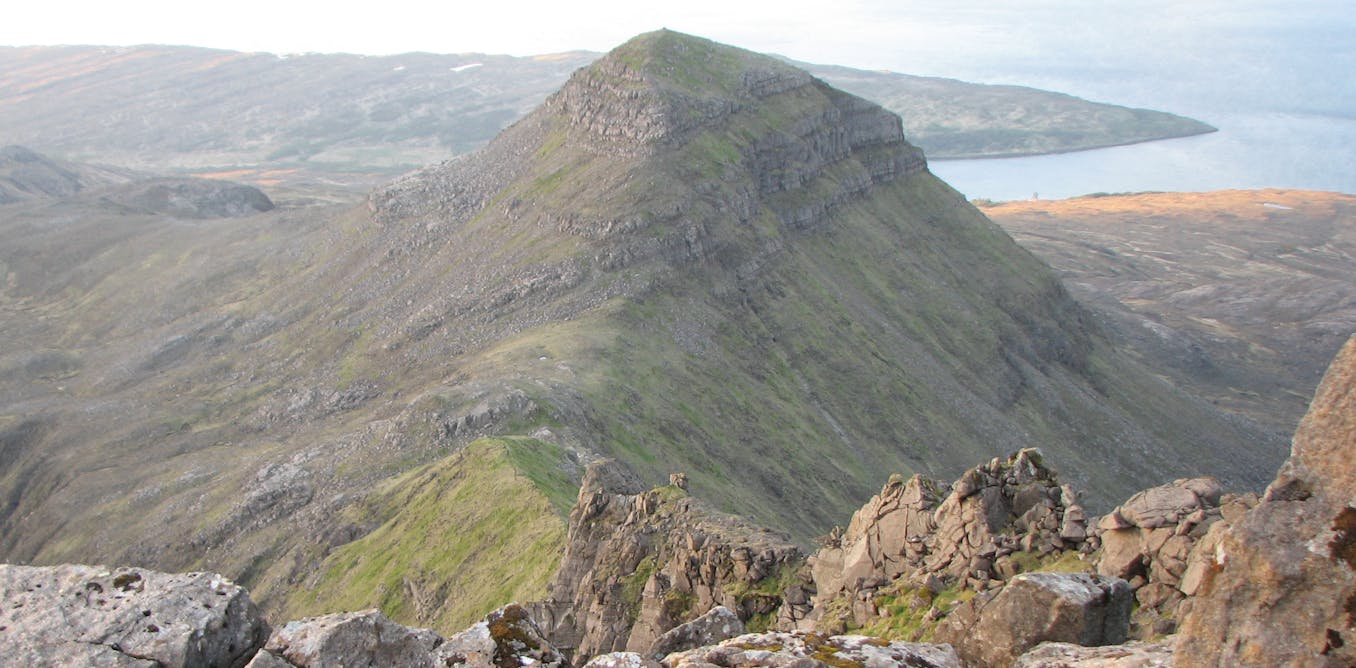Renowned for a thriving and intricately studied population of around 900 red deer, the Isle of Rum, part of Scotland’s Inner Hebrides, is often considered an outdoor laboratory for scientific research. But the earthworms on Rum are equally remarkable. These invertebrates act as “ecosystem engineers”, actively shaping the landscape, often after humans have left their mark on this remote island.
Rum’s human history goes back 9,000 years. Early humans came here to collect bloodstone, a flint-like mineral used to make arrowheads and other hunting or cutting tools. The island was deforested by early humans and the wet climate (with more than 2m of rain per year) led to the leaching of soil nutrients. The resulting poor-quality acidic soil supported moorland plants and low numbers of just three earthworm species.
If nothing else had happened to Rum soils, then this would be a very unexciting place to undertake research on earthworms.
But subsequent human inhabitants improved soils sufficiently to eke out a living as tenant farmers at a few locations around the coast. They used kelp seaweeds to fertilise the cultivated land and enrich soil quality. Then, some 200 years ago, these hardworking people were forcibly removed from their settlements on Rum (and much of Scotland) in the “Highland clearances”.
Wealthy owners of Rum treated this island as a shooting and fishing estate for more than a century and kept most people away from what became known as the “Forbidden Isle” during the late 19th- to early 20th-century.
When Kinloch castle was built by the textile tycoon George Bullough in 1897, his wife, Lady Monica wanted to grow roses in the garden. To facilitate this and generally improve the landscape, Bullough imported 250,000 tonnes of good-quality Ayrshire soil to spread around their new home. They lived in this castle for just six weeks each year, but this human opulence changed the underground ecosystem significantly.


